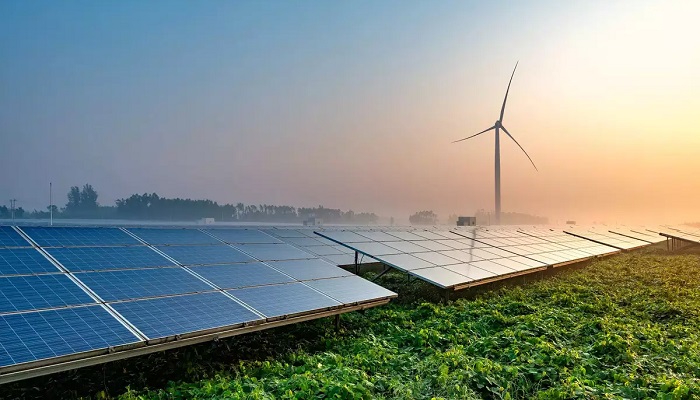The worldwide spending when it comes to clean energy shift has gone on to hit record highs as the world moves to take care of climate change; however, it is still not enough so as to get on track when it comes to hitting net-zero emissions.
Overall spending increased 17% in 2023 to $1.8 trillion, as per the report from BloombergNEF on January 30. These go on to include investments when it comes to the installation of renewable energy, the purchase of electric vehicles, the creation of hydrogen production systems, and the deployment of certain relevant technologies. Add in the funding for building out clean-energy supply chains and also $900 billion in financing, and the overall funding in 2023 touched around $2.8 trillion.
Apparently, the record spending goes on to reflect the increase in urgency when it comes to international endeavors so as to combat climate change on the backdrop of the hottest year that has been on record, and the fact is that even more heat is anticipated this year too. But the world has to be investing more than twice as much when it comes to clean technology so that it reaches net-zero emissions by mid-century, opines BNEF.
The deputy chief executive officer of BNEF, Albert Cheung, said that the opportunity happens to be large and the expenditure is surely accelerating; however, one needs to do so much more. Overall spending on the energy shift in 2023 happened to be well short of the over $4.8 trillion that the London-based research provider anticipated would be required yearly from 2024 to 2030 in order to get the world on a net-zero platform.
Notably, BNEF is signalling warnings that governments are required to do even more in the years to come. Cheung forecasts that investments have to surge by 170% so that the world has the pace to touch net zero.
Cheung added that they are in the steep part of the curve, and they are indeed all set to see rapid growth when it comes to spending every year. But whether one gets on track for net zero is indeed a difficult question.
The fact is that China happens to remain the biggest market by far, having spent $676 billion in 2023, which happens to be an increase of just 6% compared to 2022. Investments when it comes to the US, the UK, as well as Europe grew by at least 22%, vis-s-vis a combined total of $718 billion. That happened to be driven in part by the Inflation Reduction Act incentives. Apparently, the flagship US climate law has started to have a significant impact. Robust sales of electric vehicles in the UK, along with a booming demand for renewables throughout Europe, also helped push up the total.
It is worth noting that spending on EVs across the world climbed 36% to $634 billion. This, in fact, made it the sector seeing the largest investments, thereby overtaking renewable energy, which went on to gain 8% to $623 billion. Investors spent $310 billion into power grids, which is indeed going to be a critical tool when it comes to delivering clean energy that will be generated by way of new wind and solar farms coming online, thereby making it the third-biggest market.
Some very fresh technologies happened to witness torrid growth. Hydrogen investments, for instance, tripled to $10.4 billion, a sign of increased interest in the technology, although it is yet to be proven at scale.





































